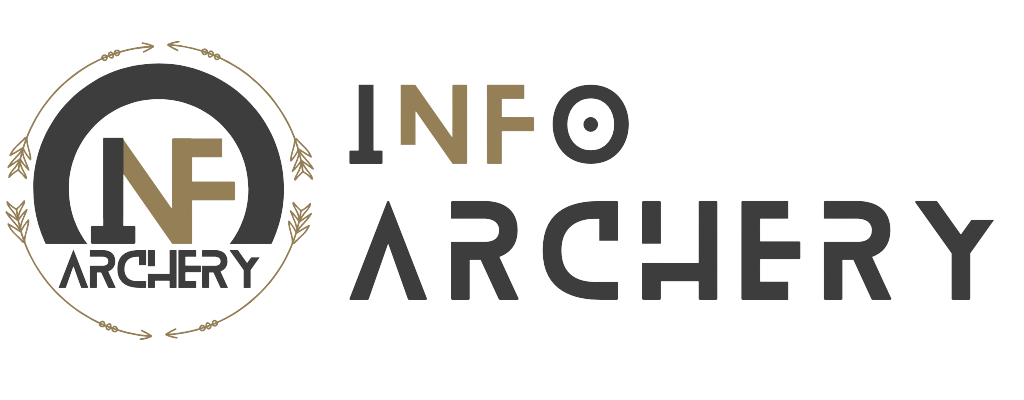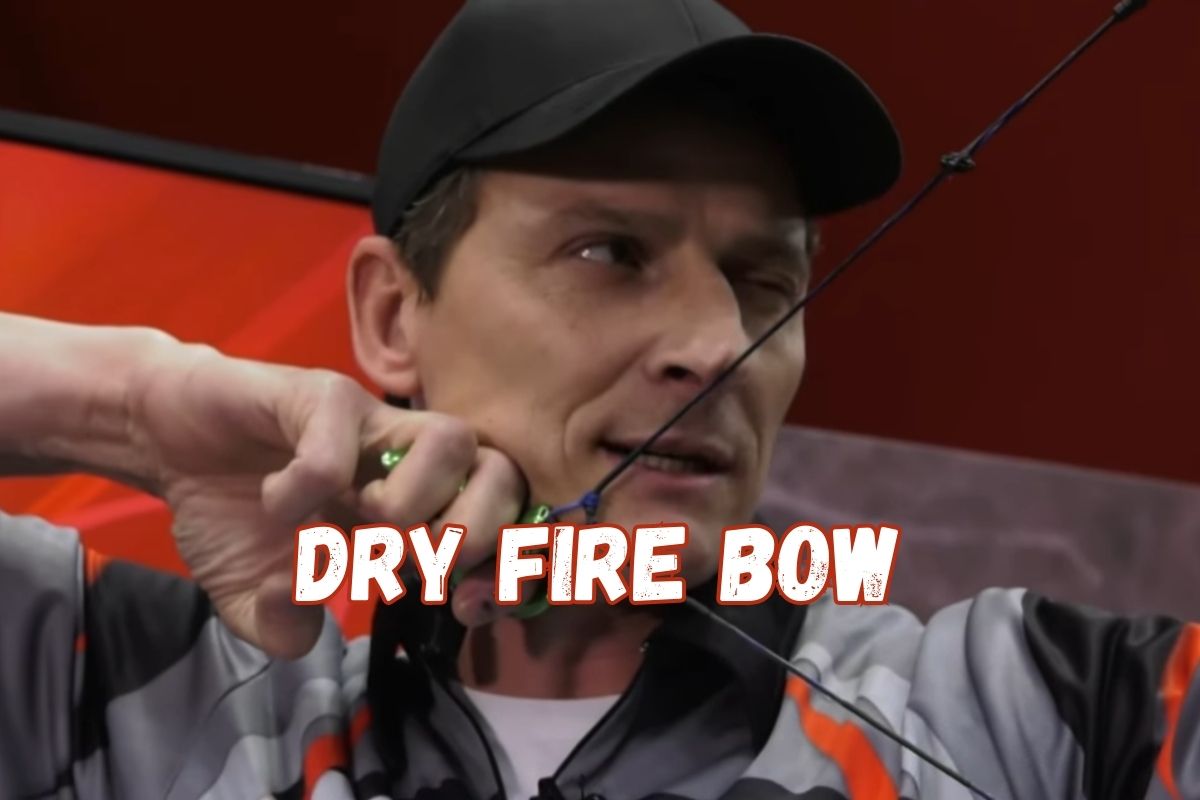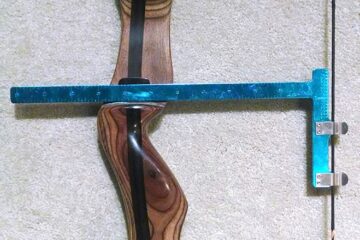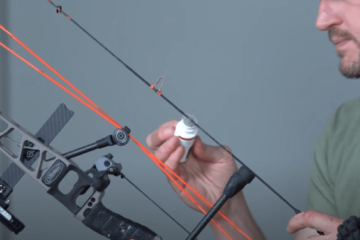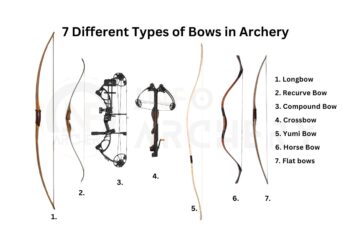Dry fire bow refers to practicing archery without an arrow. It helps improve aim, form, and muscle memory.
Utilizing a bowstring and a bow, the dry fire bow simulates the act of shooting by mimicking the action of a real shot, but without the release of an arrow. This enables archers to build muscle memory, improve accuracy, and refine their shooting form.
Whether you’re a beginner looking to develop your skills or an experienced archer aiming to fine-tune your technique, the dry fire bow is a valuable tool to enhance your archery practice.
Benefits Of Using A Dry Fire Bow
Using a dry fire bow comes with several benefits that can improve your archery skills. Whether you’re a beginner or an experienced archer, incorporating dry fire practice into your routine can enhance your muscle memory, improve your accuracy and precision, and strengthen your overall archery form and technique.
Enhancing Muscle Memory and Coordination
One of the key benefits of using a dry fire bow is its ability to enhance muscle memory and coordination. By repeatedly going through the motions of drawing, aiming, and releasing without firing an arrow, your muscles become accustomed to the specific movements involved in archery. This practice helps to train your muscles to remember the correct form, leading to improved consistency in your shot execution.
Improving Accuracy and Precision
In addition to enhancing muscle memory, using a dry fire bow can also significantly improve your accuracy and precision. When practicing with a traditional bow, it can be difficult to isolate and correct shooting errors. However, with a dry fire bow, you can focus solely on your aiming technique without the distraction of the arrow’s flight. This allows you to pinpoint any inconsistencies or errors in your aim and make the necessary adjustments, resulting in improved accuracy and precision on the range or during competitions.
Strengthening Archery Form and Technique
The dry fire bow is an excellent tool for strengthening your archery form and technique. It forces you to pay close attention to the alignment of your body, the positioning of your hands, and the smoothness of your draw and release. By repeatedly practicing these fundamental aspects of archery, you can correct any flaws in your form and develop a more consistent and efficient shooting technique. Furthermore, the absence of the arrow’s weight allows you to focus on building the necessary strength and stability in your muscles, ensuring a solid foundation for your archery skills.
Proper Handling And Safety Measures
When it comes to using a dry fire bow, proper handling and safety measures are of utmost importance. Understanding the basic safety rules, inspecting the bow and arrow components, setting up a safe firing range, wearing protective gear, and using correct handling techniques are all crucial in ensuring a safe and enjoyable experience with your dry fire bow.
Basic Safety Rules for Dry Fire Bow Usage
Before even picking up a dry fire bow, it is essential to familiarize yourself with the basic safety rules associated with its usage. These rules are designed to minimize the risk of accidents and injury. Some key safety rules to keep in mind include:
- Never point the bow and arrow at anything you do not intend to shoot. This simple rule helps prevent accidental injuries.
- Always treat the bow and arrow as if they are loaded. Even though there may not be a physical projectile, it is crucial to maintain a respectful attitude towards the equipment.
- Keep your finger off the trigger until ready to shoot. This ensures that you have full control over when the arrow is released.
- Always be aware of your surroundings. Look for potential hazards such as other people, pets, or fragile objects that may be in the vicinity.
- Do not dry fire without an appropriate backstop. This prevents unintended damage to the bow and arrow and helps maintain a safe shooting range.
Inspecting the Bow and Arrow Components
Prior to engaging in any shooting activity, it is vital to thoroughly inspect the bow and arrow components to ensure they are in proper working condition. Inspect the string, limbs, cams, bowstring accessories, and arrows for any signs of wear, damage, or defects. Replace any worn or damaged components immediately to prevent potential accidents.
Setting up a Safe Firing Range
Creating a safe firing range is essential to prevent accidents and injuries. Choose an area that is clear of any obstacles or potential hazards. Make sure there is sufficient space to comfortably draw and shoot the bow. Set up a backstop that can absorb and contain arrows. This can be as simple as a target with a suitable backstop material or an archery netting system.
Wearing Protective Gear
Wearing proper protective gear is essential when using a dry fire bow. This includes:
- Eye protection: Wearing safety glasses or goggles helps protect your eyes from any potential debris or fragments that may be released during shooting.
- Arm guard: An arm guard is worn on the forearm and protects against the bowstring hitting or scraping the arm during the release.
Correct Handling Techniques
Using proper handling techniques is vital to ensure accuracy, control, and safety. Pay attention to your grip and stance, nocking and drawing the arrow, releasing, and follow through.
Grip and Stance
When gripping the bow, make sure your fingers wrap around the bow handle comfortably and securely. Maintain a relaxed grip to avoid added tension in your shots. As for your stance, stand perpendicular to the target with your feet shoulder-width apart. Distribute your weight evenly and maintain a stable posture throughout the shooting process.
Nocking and Drawing the Arrow
When nocking the arrow, ensure that the indexing or fletching is properly aligned with the bow’s arrow rest. Use the appropriate amount of force to snap the arrow onto the string securely. When drawing the arrow, maintain a smooth and consistent motion, keeping your bow arm fully extended. Avoid over-drawing the bow, as this can lead to loss of control and potential accidents.
Releasing and Follow-Through
Release the arrow by gradually relaxing your fingers and allowing the string to smoothly slip from your fingertips. Avoid any abrupt or jerky movements that can affect the arrow’s accuracy. Maintain a steady follow-through by keeping your bow arm extended in the direction of the target until the arrow has hit the desired target or backstop.
By adhering to these proper handling techniques, you can enhance your shooting skills while ensuring safety during every dry fire bow session.
Essential Dry Fire Bow Drills And Exercises
Practicing dry fire drills and exercises is a crucial aspect of honing your archery skills without the need for live ammunition. These drills help archers improve their technique, mental focus, stability, and overall accuracy. In this article, we will explore some of the essential dry fire bow drills and exercises that can take your archery skills to the next level.
Target Visualization and Mental Preparation
Visualization plays a vital role in archery as it helps archers achieve better focus, concentration, and coordination. By imagining the target in vivid detail, archers can train their mind to aim and hit the target with precision. This drill not only enhances accuracy but also hones the archer’s mental preparedness.
Developing a Focused and Relaxed Mindset
Archery requires a combination of focus and relaxation to achieve consistent results. Through specific exercises, archers learn to develop a calm and focused mindset, which is essential for optimal performance. By practicing breathing techniques and mental exercises, they can enhance their ability to maintain concentration and remain relaxed during the shot.
Draw and Hold Exercises
A steady draw and hold are critical for a stable shot. These exercises focus on refining the archer’s draw technique and increasing their strength and stability. By regularly practicing drawing and holding the bow at various positions, archers can improve their muscle memory and promote proper form.
Release and Follow-Through Drills
The release is the final and most critical part of the shot process. These drills emphasize perfecting the release technique and maintaining a smooth and controlled follow-through. Archers can practice different release methods and work on their hand positioning and timing to increase accuracy.
Incorporating Movement and Obstacles
Simulating realistic archery scenarios by incorporating movement and obstacles is an effective way to train archers for real-life shooting situations. These drills help archers improve their adaptability and accuracy by shooting from different positions, on uneven surfaces, or through obstructed views.
Enhancing Adaptability and Accuracy Skills
Adaptability is crucial for archers to excel in various shooting conditions. These drills focus on enhancing adaptability and accuracy skills by introducing challenging scenarios. By practicing shooting from different distances, angles, or with specified time constraints, archers can improve their consistency and ability to adjust to changing circumstances.
Frequently Asked Questions For Dry Fire Bow
What Is Dry Firing A Bow?
Dry firing a bow refers to shooting the bow without an arrow. This can damage the bow’s limbs or other components and should be avoided.
Can Dry Firing A Bow Cause Damage?
Yes, dry firing of a bow can cause damage to the bow’s limbs, string, cams, or other components. Over time, this can cause the bow to become unsafe to shoot.
How Do I Avoid A Dry Fire?
To avoid a dry fire, ensure that you always have an arrow loaded before drawing the bowstring. Always check that you have an arrow on the rest and that your bow is in good condition.
What Should I Do If I Accidentally Dry Fire My Bow?
If you accidentally dry fire your bow, inspect it carefully for damage. Look for any cracks, splits, or other signs of damage to the limbs or other components. If you’re not sure, take it to a professional to have it checked.
Can I Dry Fire A Specific Type Of Bow?
No, any type of bow can be damaged by dry firing. This includes compound, recurve, and longbows. Always use caution and never shoot without an arrow.
Conclusion
As a bow enthusiast, you understand the importance of practicing regularly to build your skills and increase accuracy. The dry fire bow is an ideal tool to accomplish this, providing a realistic and safe experience for honing your technique. With its durable construction and adjustable resistance, it can be used by archers of all levels to improve releasing, aiming, and, ultimately, shooting success.
When using the dry fire bow, it is important to adhere to safety guidelines and to consult with a professional for personalized training advice. Incorporating this innovative tool into your practice routine can help you to meet your goals and become a better archer overall.
So why wait? Give the dry fire bow a try to see how it can enhance your archery game today.
